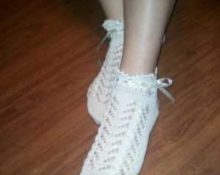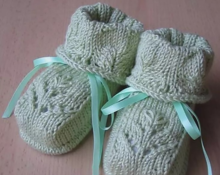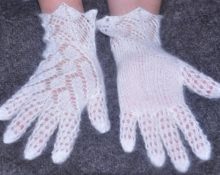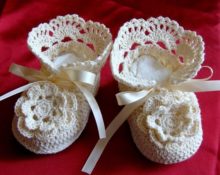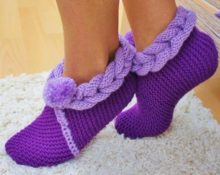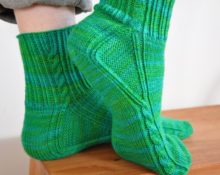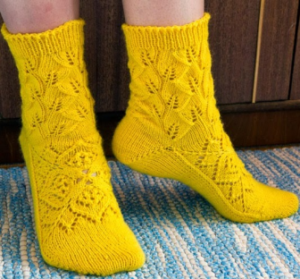 Openwork patterns always attract attention. And what socks can be associated with its use. The main thing is to choose a beautiful pattern and determine the correct dimensions. In determining the size, the master is helped by special measurements for socks and samples, which not only serve to determine the amount of yarn per product, but also help calculate the number of loops for any section of the sock. And you can entrust the task of selecting patterns and descriptions to us.
Openwork patterns always attract attention. And what socks can be associated with its use. The main thing is to choose a beautiful pattern and determine the correct dimensions. In determining the size, the master is helped by special measurements for socks and samples, which not only serve to determine the amount of yarn per product, but also help calculate the number of loops for any section of the sock. And you can entrust the task of selecting patterns and descriptions to us.
Selection of threads and knitting needles for knitting openwork socks
The master usually uses stocking needles in his work. But they should be selected only according to the thickness of the thread itself. Some rules and special explanations on the balls help to do this. There, manufacturers are accustomed to indicating both the number of knitting needles and the number of hook, which turn out to be advantageous in work.
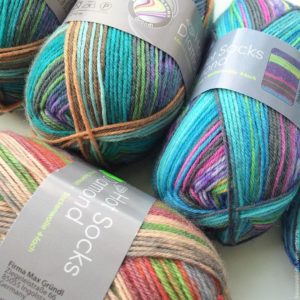 There are a lot of questions about choosing thread for such beautiful products. It is important to get a soft product and very durable, since a thin thread will stretch, and such work will quickly wear out. There is a special line especially for such things - this is sock yarn. In general, summer models with thin openwork can be made from ordinary iris. This thread will look very neat in such schemes. For warmer products, it is better to take options with a high wool content, but also from the sock yarn line.
There are a lot of questions about choosing thread for such beautiful products. It is important to get a soft product and very durable, since a thin thread will stretch, and such work will quickly wear out. There is a special line especially for such things - this is sock yarn. In general, summer models with thin openwork can be made from ordinary iris. This thread will look very neat in such schemes. For warmer products, it is better to take options with a high wool content, but also from the sock yarn line.
Important! When knitting items for children, pay attention to the softness of the fabric and its hypoallergenic composition.
Openwork knitting patterns for knitting socks
A small selection of patterns for knitting socks. These original ideas can be distributed both across the entire canvas and along the front from the toe to the elastic band.
Beautiful patterns for warm models
Warm models are often performed using braids. But laces can also be made with thick yarn. The main thing is to choose motifs with fewer yarn overs to emphasize the main lines.
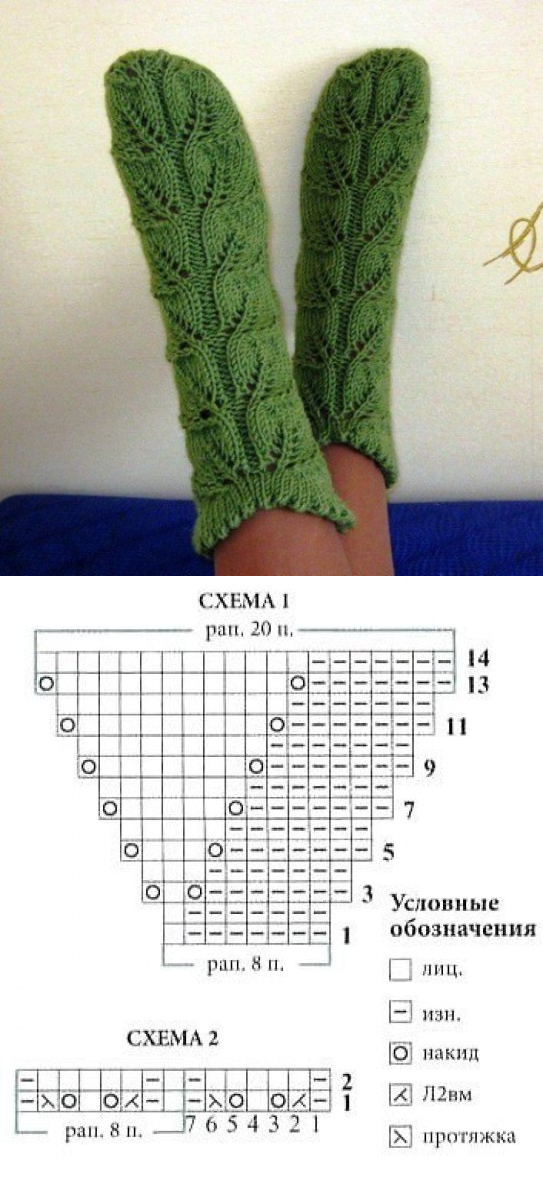
These green leaves for winter are the best and brightest option.
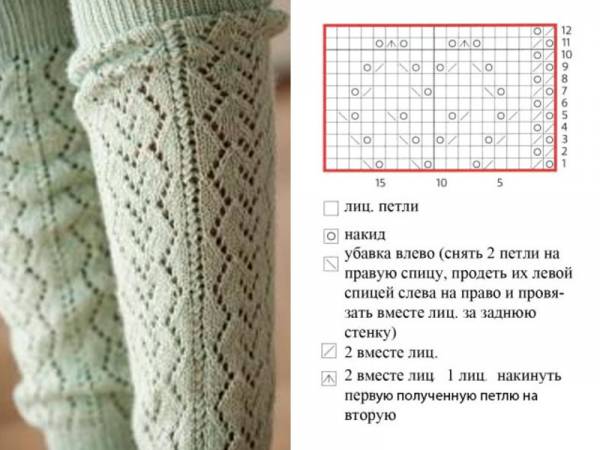
Elongated models can be made using this principle.
Patterns for light socks
These options are suitable for thin thread and lighter models. For example, for summer things.
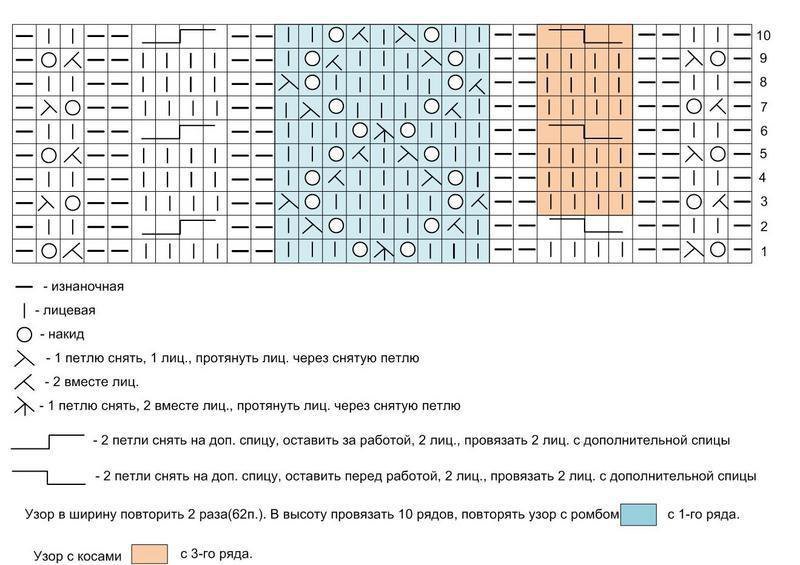
Original ideas with braids for thin products.
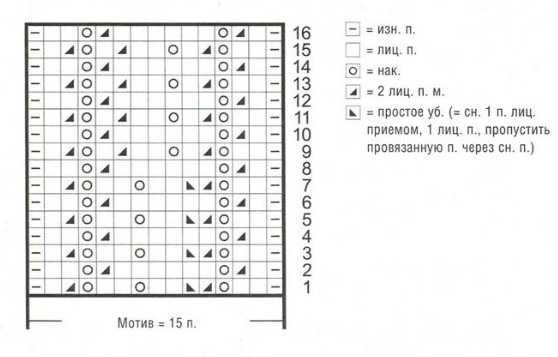
Thin stripes of yarn overs with additional combined loops. Very fine work and lovely.
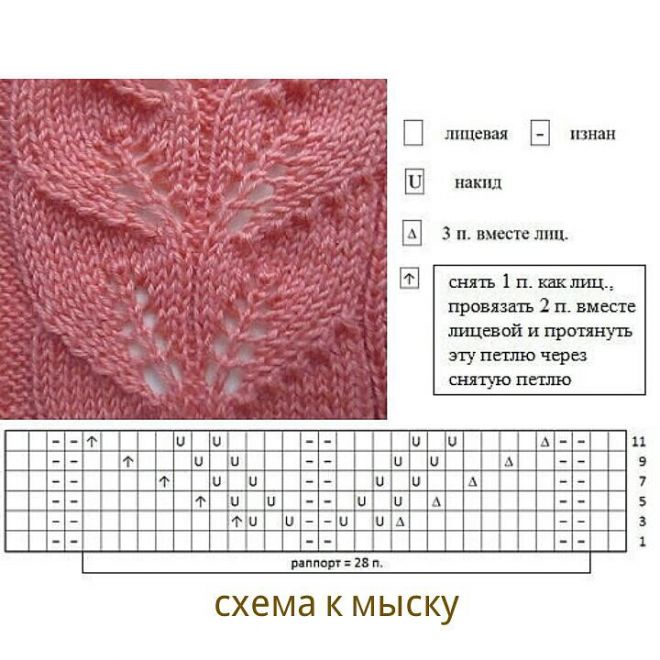
Leaves and numerous yarn overs are a very popular pattern. Such elements look beautiful and unusual. Additionally, you can use pastel colors, then the work will seem even more delicate.
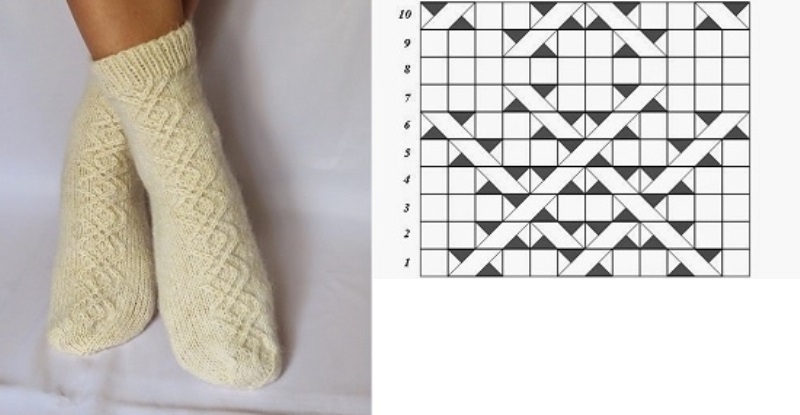
The finest weaves are very reminiscent of arans. But this double pattern is still classified as openwork.
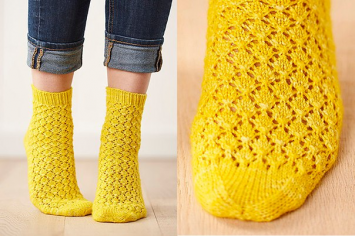
And what selections would be without a fashion trend - diamonds. They are present even in such small works, but they present the model so boldly and beautifully.
How to knit openwork socks
We present models with diagrams and a step-by-step description of the process, as well as tips on how to work. Both masters and beginners can easily cope with such work.
We knit long openwork socks
Cute models of long socks with leaves.
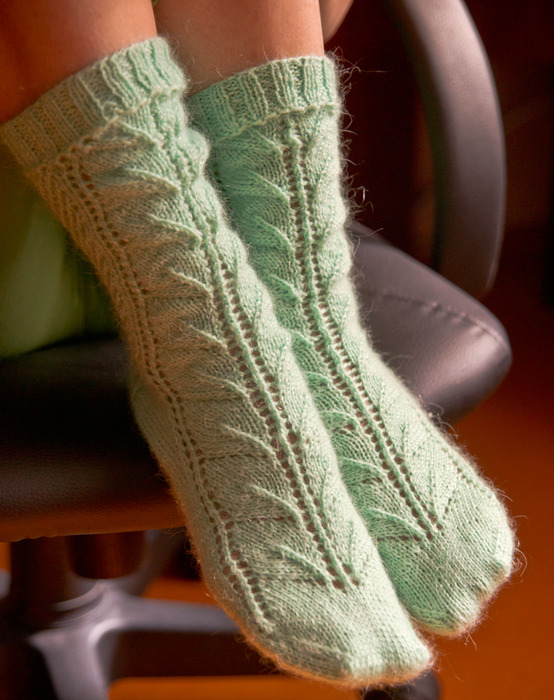
Required:
- sock yarn containing wool;
- knitting needles
Stage: measurements. Measure the length for the foot and then the circumference along the instep line. You will also need to measure your ankle circumference.
Stage: sample. Using the pattern of the leaves, knit a small fabric and calculate the knitting density for it.
Important! Based on the samples, craftsmen can also determine the yarn consumption.
Next, based on the density, you will need to determine how many loops are required for each size. And how many rows will need to be knitted for the foot.
Stage: toe. Such models begin in a very unusual way. Not from the elastic band, but from the toe.
- To do this, the craftsman will need to cast on about 10 loops using a double-sided loop caster.
- Next, knit in two directions and at the same time make an increase in loops on each side.
- Select the front and back.
- Distribute the main pattern with leaves along the front.
- Work the back side in stockinette stitch.
- Add loops to the desired circumference.
- Next, knit the required number without changing the stitches to the line of the beginning of the heel.
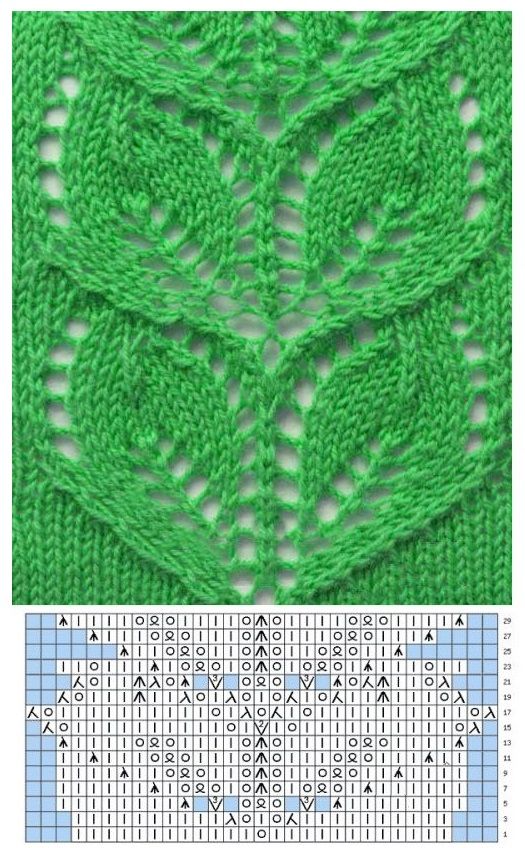
Stage: heel. For the heel, make additions to the front fabric along the line where the patterns meet. Next, knit a small strip from the middle third of the front stitch and join the loops when knitting the middle stitch along a loop on each side of the remaining outer thirds of the front stitch.
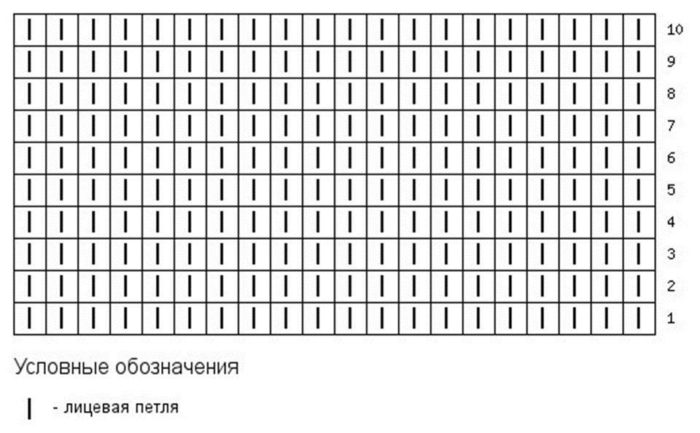
Stage: elastic band. After the heel, combine the loops and knit in circular rows, maintaining the leaf pattern. Knit to the desired length and at the end of the elastic, make a strip according to the 2*2 pattern.
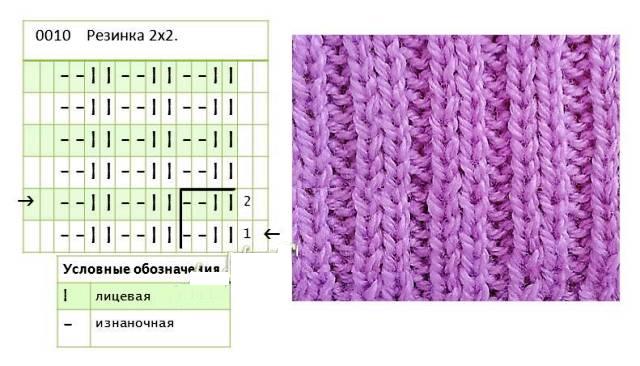
You will need to complete no more than 10 rows.Close the edge using the elastic method.
Medium-length openwork socks
Original and very cute hearts. It's just a yarn over, but it turns out so beautiful.
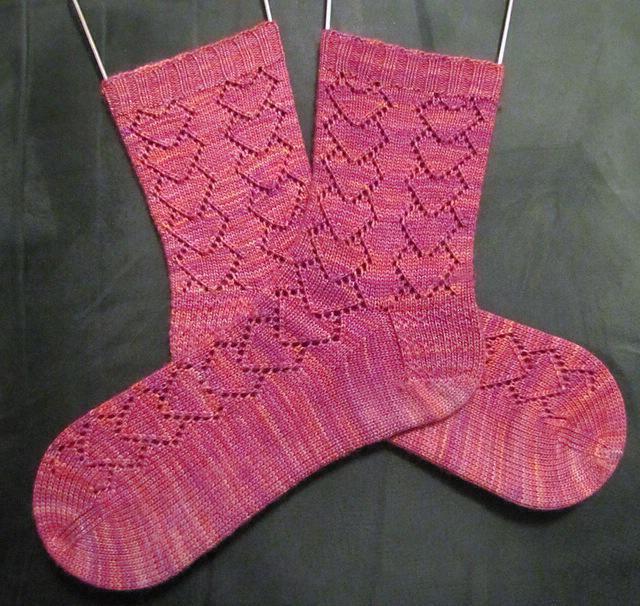
Apply:
- cotton multi yarn;
- stocking needles.
Step: measurements. Measure the length for the foot, then the circumference of the elastic, the circumference of the instep and the transverse size of the ankle joint.
Step: sample. Knit a square with hearts and calculate the density of the required knitting and additionally the number of loops to cast on.
Step: elastic band. The model traditionally begins with an elastic band.
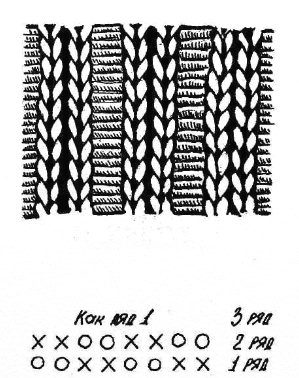
Step: base. Next, knit according to the pattern of the pattern with hearts. To the line of the beginning of the heel.
Step: heel. The heel is made according to the principle of the hood. Knit the middle fabric longer and then connect the outer loops to the middle.
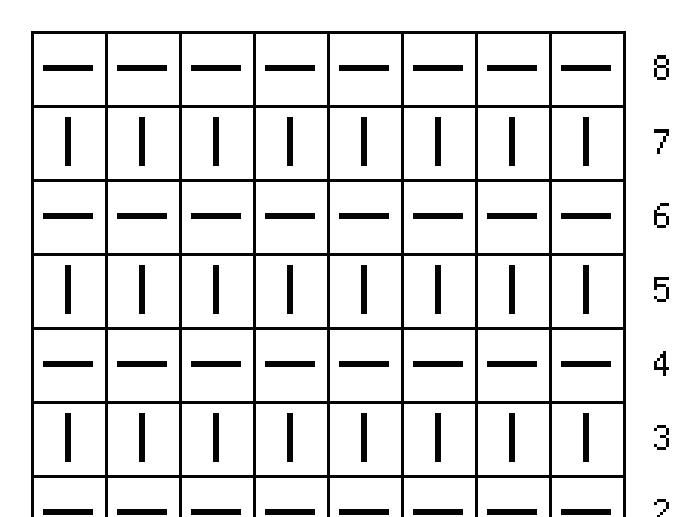
Step: rise. After the heel, again circular knitting and again continuation of the pattern. Only use the half with simple knit stitches, and the upper part with hearts.
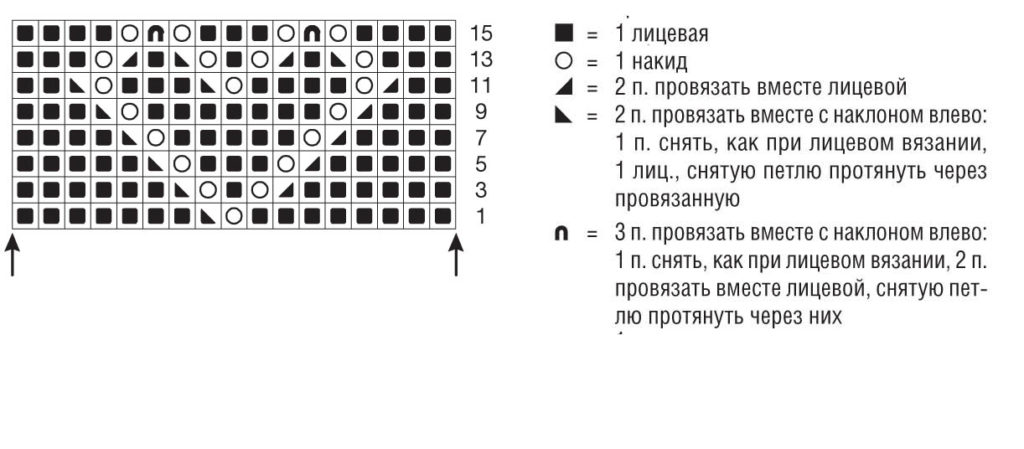
Step: toe. To obtain a rounded toe, you now need to decrease loops only on two sides and two at a time, maintaining an interval.
Openwork footprints for women knitted
Snow-white and very soft.
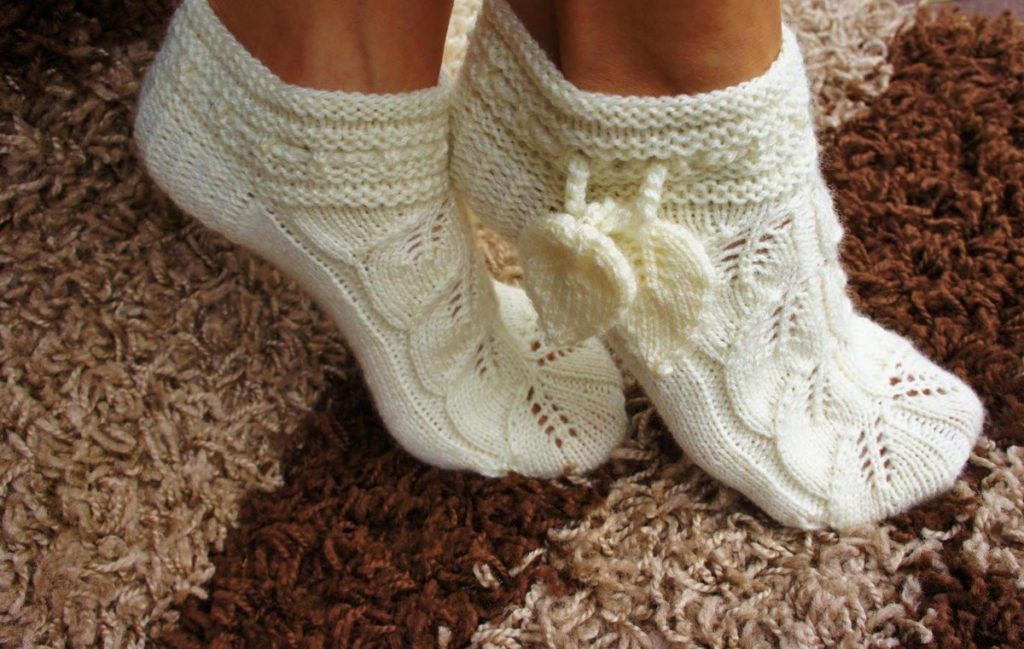
For work use:
- pekhorka yarn;
- stocking needles.
Measurements. Measure the length of the foot, the circumference at the instep, then the circumference of the ankle.
Sample. The number of loops can be calculated by knitting the sample and preliminary calculating the knitting density.
Rubber. For a small elastic band, use a purl stitch and a knit stitch. Just alternately knit two rows with one and two with the second pattern. For lacing, make small yarn overs.
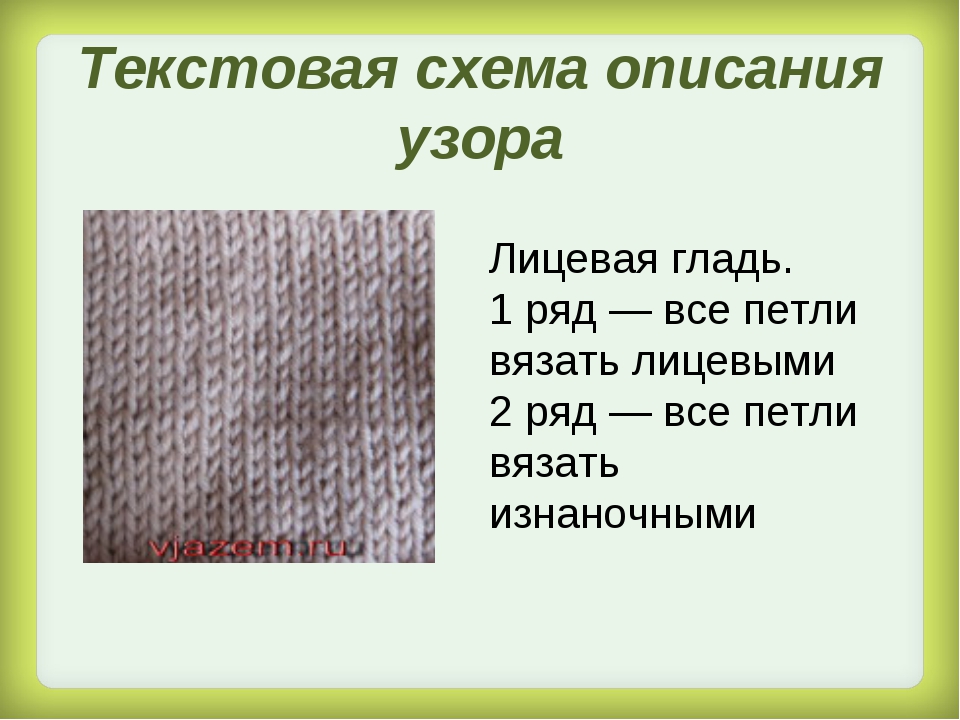
Heel. Knit the heel in garter stitch.
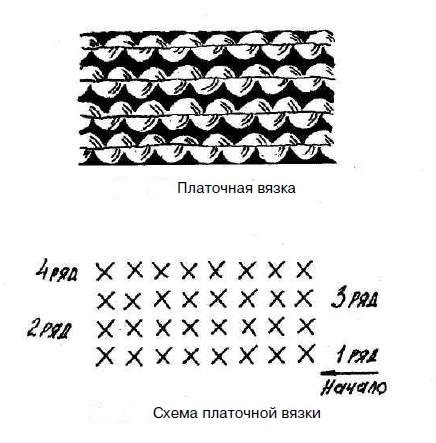
The basis. After the heel, combine the loops and knit again in circular rows and follow the pattern of the fabric with leaves along the upper part. Bottom: stockinette stitch.

Close the toe loops on the sides.
Are fishnet socks suitable for children?
Both craftsmen and mothers love openwork socks. Not only do they look very cute, but the texture itself helps the foot to breathe.
Important! Summer models are best made from numerous yarn overs and thin iris.
It is better to make the bottom of the product more dense, for example, with some kind of satin stitch.
We knit openwork socks for a child
Bright and very attractive. The combination of thread is simply incomparable, but this does not distract attention from the pattern with unusual lines. The product acquires a beautiful contour only thanks to such slender lines.
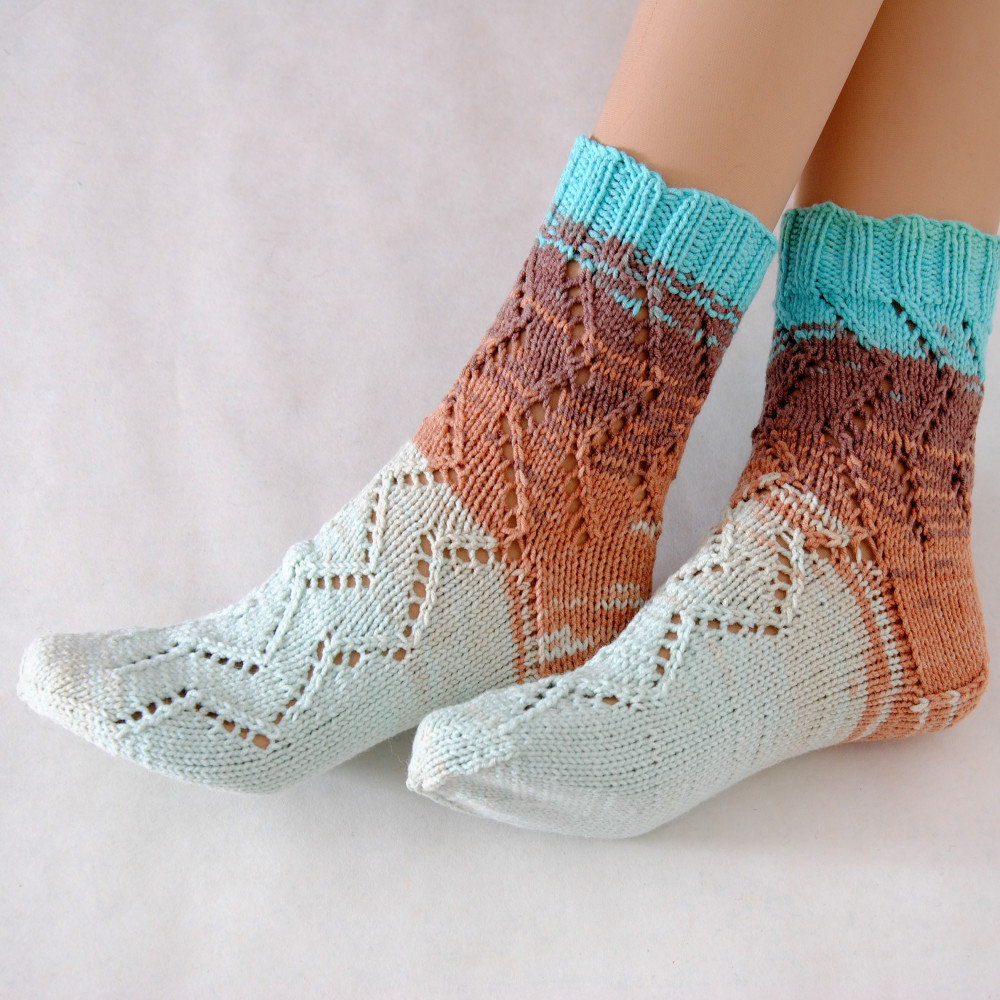
Apply:
- multi yarn;
- stocking needles.
Measurements. Take some measurements on the child's leg. This is the length of the foot; it does not require any increase or decrease. Next, this is the size of the instep circumference (it replaces the width of the foot), ankle circumference and elastic length to determine the correct height size of the model.
Sample. Knit a small square product using the fabric pattern provided. For it, use stocking needles, which will be used to do the work. Next, place a ruler and determine how many loops and how many rows of such an unusual pattern are included in a 10 cm ruler. You should get two numbers. This is the knitting density. It is from this that the master will be able to find out how many elastic loops will be needed and then for the resulting dimensions of the product. You just need to use a simple mathematical formula.
Rubber. This model also begins traditionally with a small rubber band. First, this is the usual elastic band with 2*2 knitting needles.

For it you will need to complete only 12 rows.
Then immediately switch to a new pattern. This pattern is given to the model and is not complicated, but a variation of knit stitches, yarn overs and those loops that are knitted together with a slight slope. Tie to the heel line.
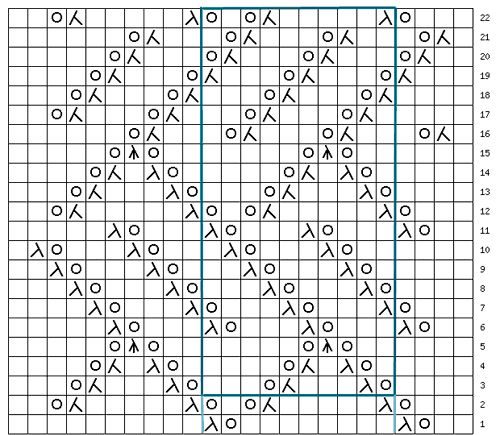
Heel. For the heel, knit stockinette stitch first. Next, select the middle and knit in straight and reverse rows, each time grabbing a loop from each outer fabric.
The basis. Next, cast on additional loops from the edge of the heel and continue knitting in circular rows, making a pattern along the back side.
Toe. To decrease along the toe, you will need to cut the loops only in the side parts, not at 4 points, but only at two. Simply gather the last loops into one and tighten the thread tighter.
Important! A hook helps to hide the threads.
Openwork booties for baby
Cute booties with an unusual pattern.
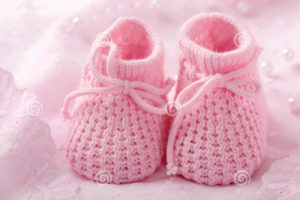
For work use:
- children's sock yarn;
- stocking needles.
Measurements. Measure your foot length and foot width.
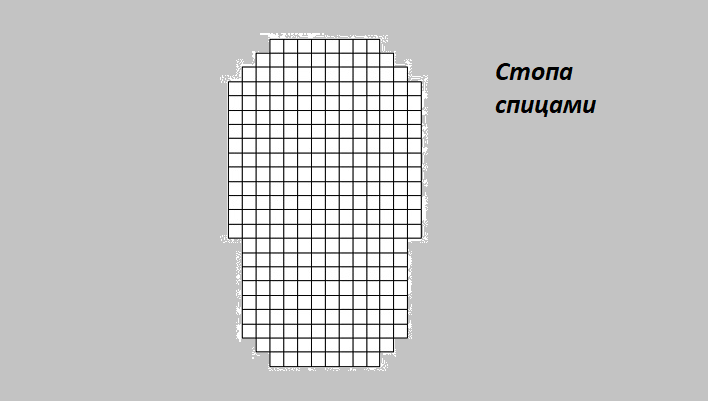
Sample. Using a new and unusual pattern, make a small square canvas. Next, calculate the knitting density and determine the number of loops for each measurement.
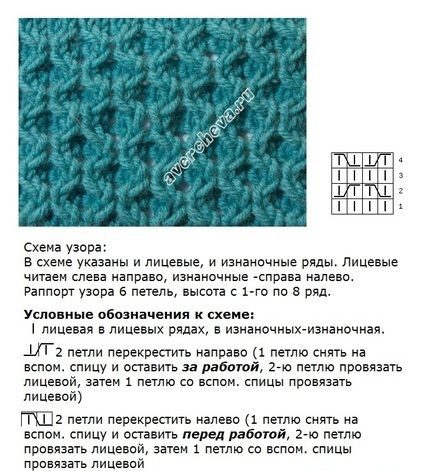
Foot. This cutie starts from the foot. It should be done using garter stitch. To do this, use the diagram, the number of loops can be added and the number of rows too, but leave the edges as they are.
Toe and sides. For such a toe and its sides, use an openwork pattern. Just pick up stitches around the foot and knit first with a small increase in stitches, then make decreases, mainly along the edge of the toe lines. But try to do this unnoticed and without displacing the pattern.
Rubber. For the lace, it is advisable to make yarn overs and only after them switch to the upper elastic band 1*1 with knitting needles.
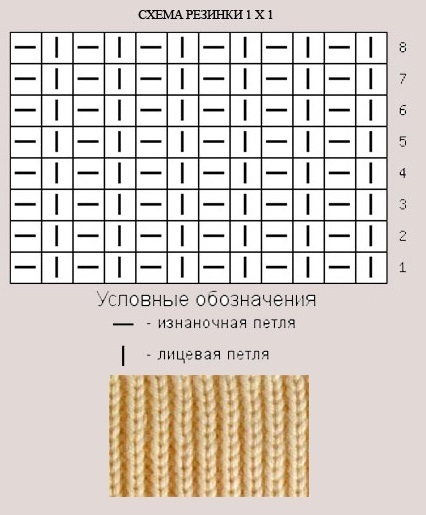
The lace itself can be made with knitting needles and simple garter stitch.
These unusual and very beautiful models can be made with knitting needles for yourself and your child.


 0
0